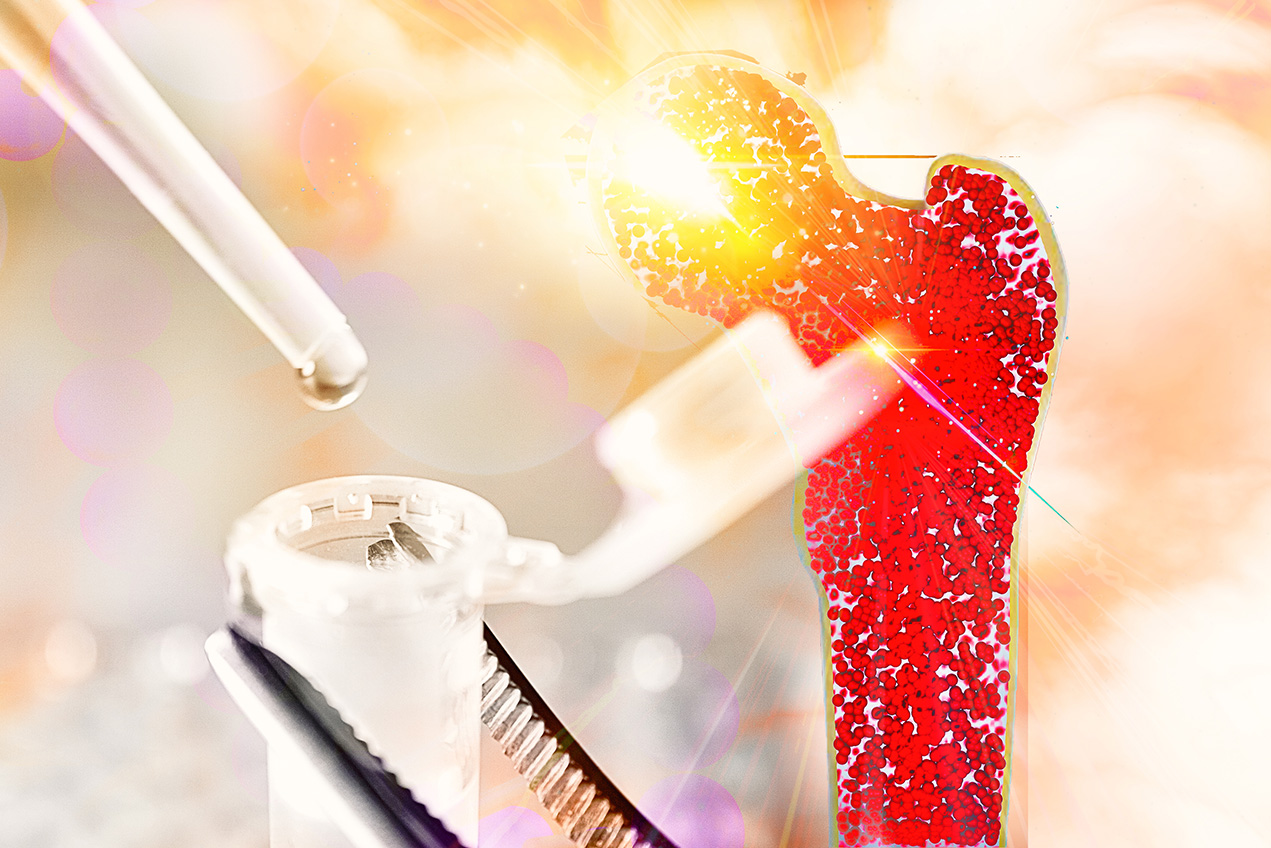Creating a successful bone marrow transplant program is a combination of many factors. The complex procedure requires an excellent team of medical professionals who have developed solid protocols and can closely monitor patients before and after their procedure.
And, according to the Center for International Blood and Marrow Transplant Research, nobody does it better than the team at the USC Blood and Marrow Transplant program. The one-year survival rate among adult allogeneic transplant patients at Keck Medicine of USC is 88.5%, the highest score in the nation.
The ranking reflected data collected over several years, noted Preet Chaudhary, MD, PhD, chief of the Jane Anne Nohl Division of Hematology and director of the USC BMT program. Chaudhary added that the program at Keck Medicine has been the top-performing program in the country for several years, which he attributes to excellent teamwork and solid protocols that incorporate the latest scientific advances.
“Transplant isn’t a magic wand and isn’t suitable for all patients,” said Chaudhary, noting that morbidity and mortality associated with transplants are still significant. One way the Keck Medicine team excels is through a rigorous selection process to determine which patients are likely to survive the side effects, which can be severe, and ultimately benefit from the procedure.
Many factors influence these decisions, including a thorough physical and laboratory tests to determine the remission status of an individual’s cancer at a molecular level. The team of doctors, advance practice providers, nurses, pharmacists, social workers and coordinators meet weekly to make recommendations about transplant candidates.
Patients must be in good condition prior to transplant and are closely monitored, using the most sensitive tests available, for the slightest indication of recurrence.
Treating patients in Los Angeles has unique challenges worth noting. The program treats one of the most underprivileged groups of patients in the nation and, given the county’s mixed ethnicities, finding a full match can be difficult. The program embraced a procedure called haploidentical transplant, using half matching donor tissue, to give more patients the opportunity at a transplant.
“This achievement is truly a team effort and we have a fantastic team,” Chaudhary said.
— Hope Hamashige


